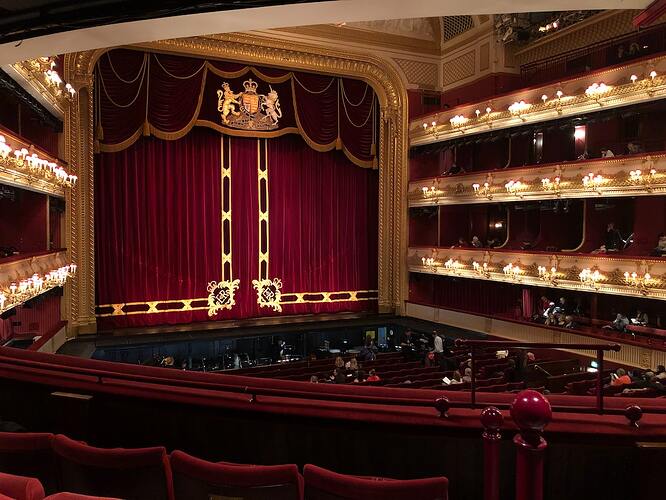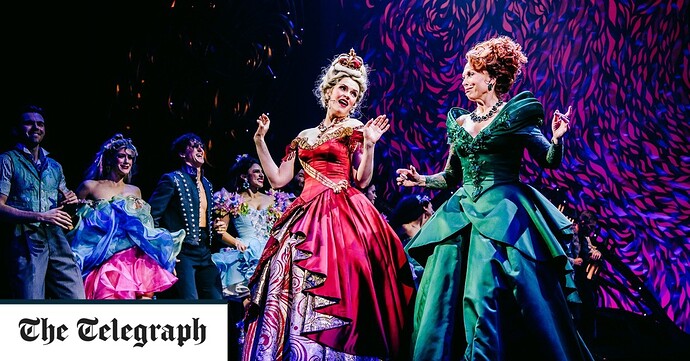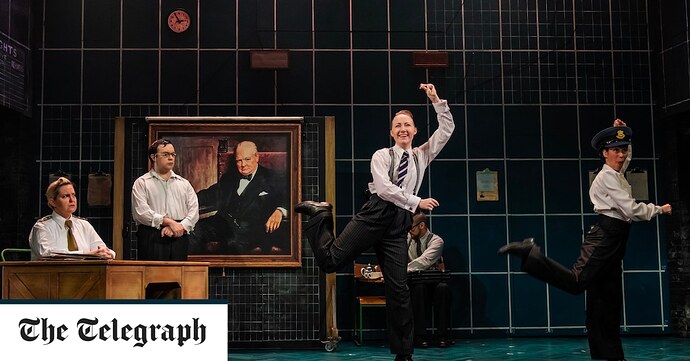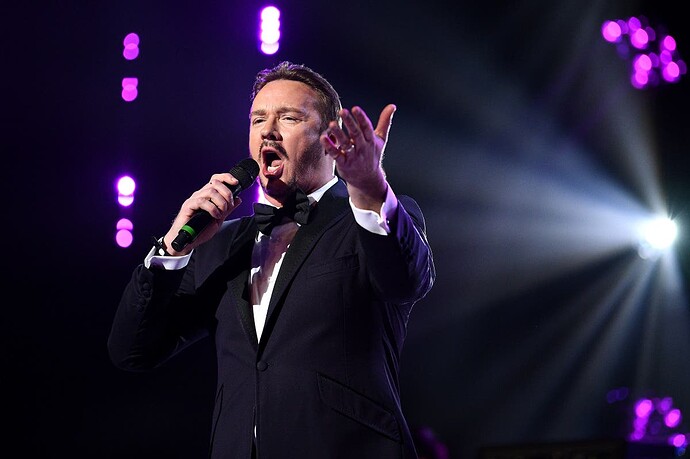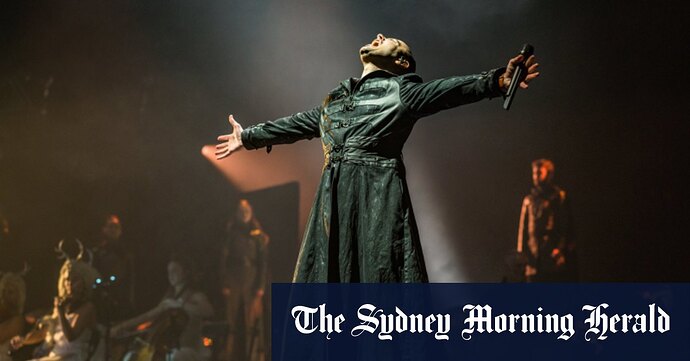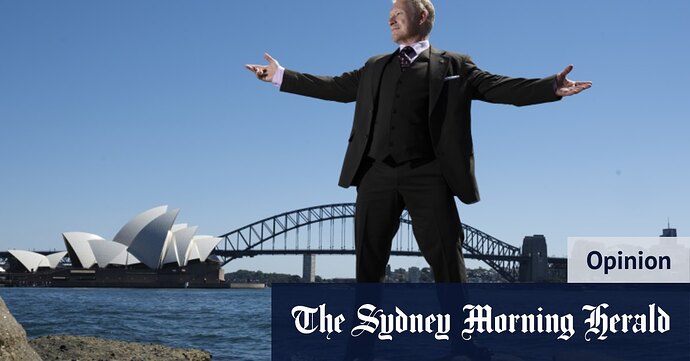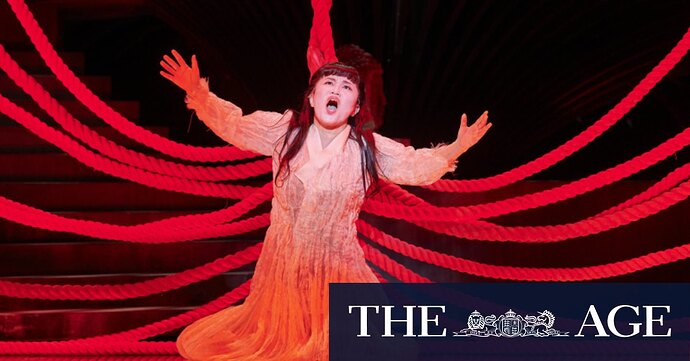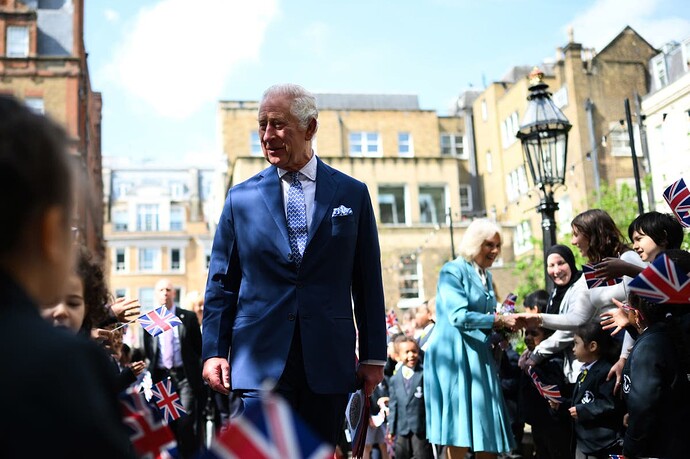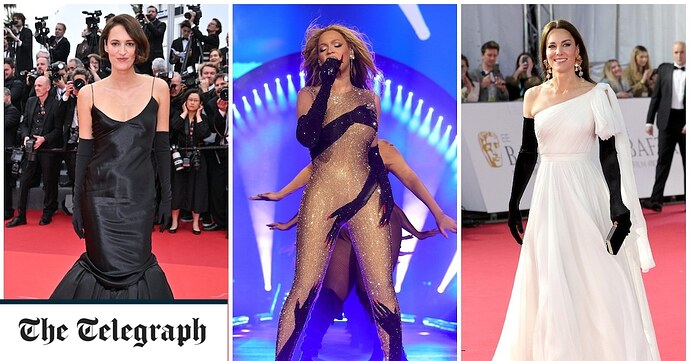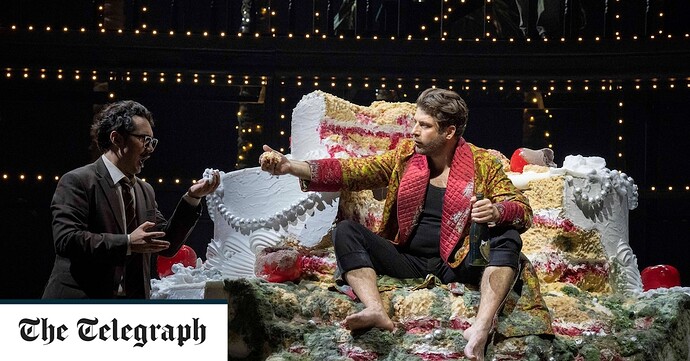Opera is a form of musical theatre that has its origins in Italy during the 16th century. It combines elements of music, drama, dance, and visual arts to create a complete theatrical experience. An opera typically features a cast of singers who perform the music and a storyline that is conveyed through their singing and acting. The music is usually accompanied by an orchestra, and the performance is often enhanced by elaborate sets, costumes, and lighting.
Early Development
Opera came into existence during the Renaissance period in Italy. The Florentine composer Jacopo Peri is often credited with creating the first operatic work, Dafne, in 1597. It was followed by other early examples, such as Euridice by Peri and Giulio Caccini, and L’Euridice by Claudio Monteverdi. These early operas were typically based on mythological themes and were intended to be a form of musical drama rather than purely instrumental music.
The popularity of opera began to grow throughout Italy in the 17th century, with the opening of the first public opera houses. It became a popular form of entertainment among Italian nobility, and soon spread to other parts of Europe, including France, England, and Germany. With the spread of opera, it evolved and changed to adapt to local tastes and cultural traditions.
The Classical Period
During the 18th century, opera underwent a transformation known as the Classical period. It was marked by a move towards a simpler, more elegant style of music and a renewed emphasis on the dramatic aspects of opera. The composers of the time, such as Wolfgang Amadeus Mozart and Christoph Willibald Gluck, created works that were more melodic and structured than the complex music of the Baroque period.
Mozart’s operas, such as The Marriage of Figaro, Don Giovanni, and The Magic Flute, are still popular today and are considered masterpieces of the genre. They represent a blending of the classical and romantic styles, with music that is direct and emotional.
Romanticism
The 19th century was marked by the rise of Romanticism, and opera reflected this shift in art and culture. The music of the Romantic era was characterized by its emotional intensity and expressiveness. Opera composers of the time, such as Verdi, Wagner, and Puccini, created works that were grand and sweeping, with epic storylines and lush orchestration.
Giuseppe Verdi’s operas, such as Rigoletto, La Traviata, and Aida, are among the most popular and frequently performed operas of all time. They contain music that is both powerful and emotional, with memorable melodies and stunning vocal performances.
Richard Wagner’s operas, such as The Ring Cycle and Tristan and Isolde, are known for their grandiosity and complexity. They feature complex themes and intricate musical structures that require a high level of skill and training. Wagner’s operas were also notable for their use of leitmotifs, which are musical themes that are associated with specific characters or ideas.
Giacomo Puccini’s operas, such as La Bohème, Tosca, and Madama Butterfly, are known for their lush, romantic music and emotional storylines. They feature some of the most beautiful and iconic arias in all of opera, including “Nessun Dorma” from Turandot.
Modern Era
In the 20th century, opera continued to evolve, with composers experimenting with new styles and techniques. Some composers, such as Benjamin Britten and Igor Stravinsky, created works that were more abstract and challenging than traditional operas. Other composers, such as Leonard Bernstein and Stephen Sondheim, created works that blended elements of opera and musical theatre.
Today, opera remains a popular form of entertainment around the world. It is performed in opera houses and theatres, as well as in outdoor venues and arenas. There are also many recorded and televised performances that make opera accessible to a wider audience.
Conclusion
Opera is a unique and powerful form of artistic expression that has captivated audiences for centuries. It combines music, drama, and visual art to create a complete theatrical experience that can be both emotionally stirring and intellectually challenging. While opera has evolved and changed throughout its history, it remains a vital and relevant art form that continues to inspire and engage audiences around the world.
Disclaimer
6do Encyclopedia represents the inaugural AI-driven knowledge repository, and we cordially invite all community users to collaborate and contribute to the enhancement of its accuracy and completeness.
Should you identify any inaccuracies or discrepancies, we respectfully request that you promptly bring these to our attention. Furthermore, you are encouraged to engage in dialogue with the 6do AI chatbot for clarifications.
Please be advised that when utilizing the resources provided by 6do Encyclopedia, users must exercise due care and diligence with respect to the information contained therein. We expressly disclaim any and all legal liabilities arising from the use of such content.
